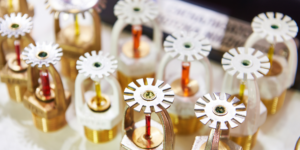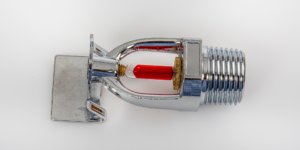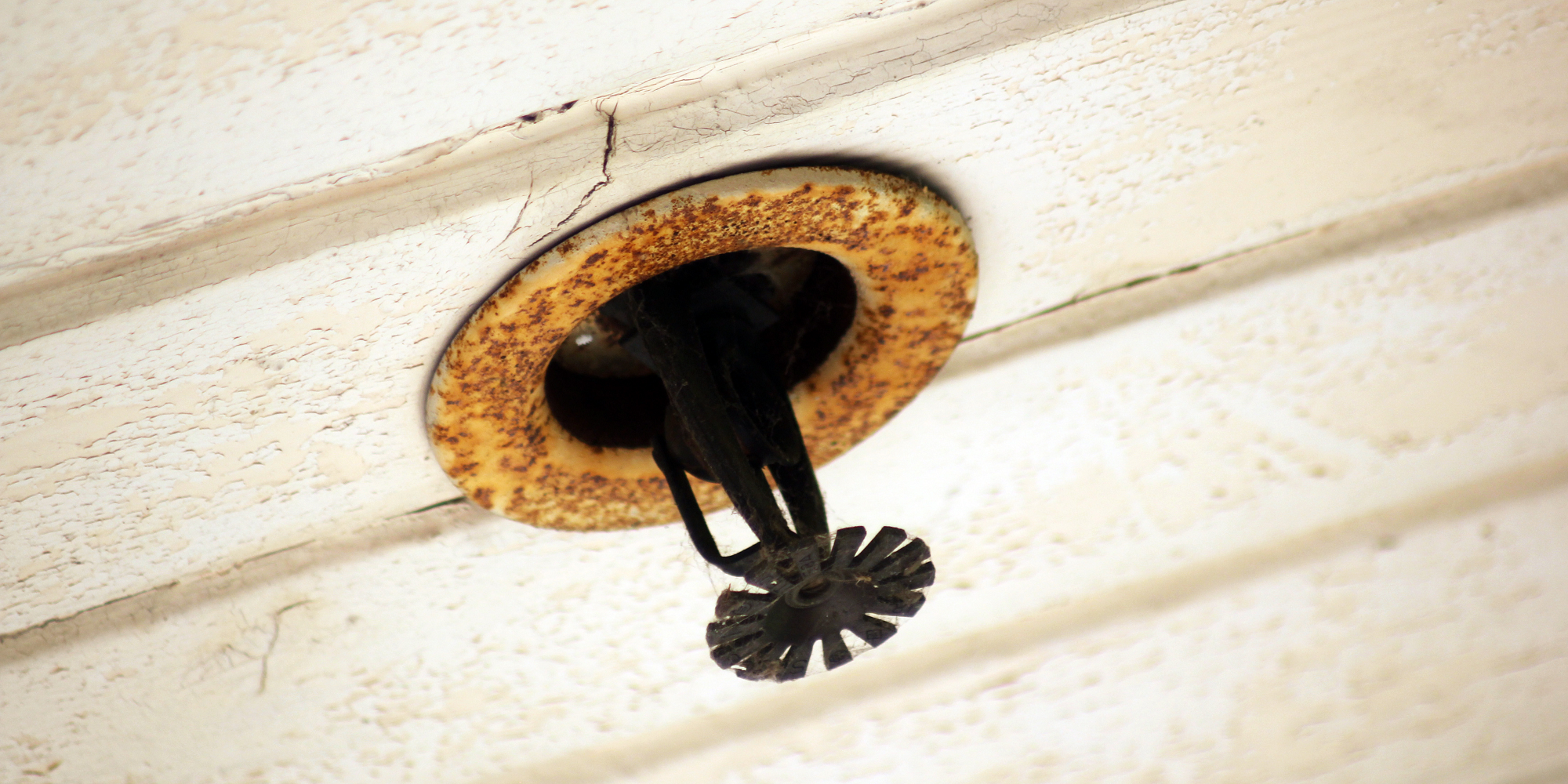Looking to replace aging residential fire sprinkler heads? They may be worn, damaged, or outdated. No matter the cause, you should know about fire sprinkler head types and how to choose the proper one. We’ll examine the fire sprinkler heads and demonstrate how to assess their K-Factor, which affects water flow.
Different Types of Fire Sprinkler Heads
Many varieties of fire sprinkler heads exist to satisfy different fire protection demands. Pendant sprinkler heads are widespread. Like its name, this variety hangs from above and sprays water in a circle when actuated. Due to its discreetness, home pendant sprinklers are popular.
Another upright sprinkler head is another. In contrast to pendent sprinklers, upright heads shoot water vertically when heated or smoked. These are utilized where ceiling impediments may hinder water dispersal.
Homeowners who want a seamless look can also choose concealed fire sprinkler heads. Hidden under ceilings and walls, these heads include a cover plate that falls off when heated to let water extinguish fires.
Additionally, sidewall sprinkler heads are designed for wall mounting rather than ceiling mounting. Water is projected horizontally instead of downwards like pendants or erect heads.
When replacing fire sprinkler heads with variable K-Factors or missing parts, knowing the different types is crucial. Selecting the proper type for your needs and preferences will maximize the performance of your new fire safety system upgrade!

How to Measure K-Factor
When choosing fire sprinkler heads, consider the K-factor. The K-factor specifies how much water a sprinkler head can extinguish a fire given its discharge parameters. The K-factor is essential when choosing a sprinkler head replacement.
First, get a ruler or measuring tape, a water jug, and safety gloves. Turn off the system’s water and carefully remove the old sprinkler head. Measure from the thread connection base to the flow opening.
Check your old sprinkler’s deflector plate or frame for a K-factor. Good, then! You may easily replace it with a matching one.
No K-factor on your sprinkler head? Not a problem. Do a basic test with collected water and see how long it takes to fill a certain capacity container.
Remember to measure the K-factor accurately before replacing the fire sprinkler heads. These actions will keep your home fire protection system working and keep you and your family safe in emergencies.
How to Replace Old Fire Sprinkler Heads
Residential fire sprinkler systems are crucial to fire safety. Due to wear and tear, these systems may need maintenance or replacement. Old, broken fire sprinkler heads are very dangerous.
To keep your fire protection system working, replace outdated fire sprinkler heads carefully. Find out what kind of sprinkler head you have. Upright, pendant, sidewall, and concealed heads are provided.
Measure your sprinkler head’s K-factor next. This value describes each head’s discharge characteristics and is essential for emergency water flow rates. Professional or manufacturer instructions can help you measure the K-factor accurately.
After identifying your head type and K-factor, replace them. Turn off the main water supply to avoid unintentional discharges during installation. Use proper tools to remove the old head without damaging nearby pipes or fittings.
Use a wire brush or other instrument to clean the pipe threads after removing the old head. Before installing the new head, secure any threaded connections with Teflon tape or pipe joint compounds.
Turn on the main water supply and test your freshly installed fire sprinkler head regularly as instructed by local authorities and experts.

Conclusion
To maintain fire protection systems’ efficiency and safety, replace outdated residential fire sprinkler heads with differing or missing K-factors. Maintain a reliable and effective home sprinkler system by understanding the many types of fire sprinkler heads, measuring the K-factor precisely, and following proper replacement methods.
Remember that each fire sprinkler head has a distinct use. Choose the right pendant, upright, sidewall, or concealed sprinkler head for your needs. Their K-factors also affect water flow rates, so learn them.
Proceed as described in this article to measure the K-factor for replacement. Note any age or wear-related differences and consult an expert if needed. Only experienced specialists should install new fire sprinkler heads.
Replace old fire sprinkler heads carefully to guarantee system interoperability. For best performance, match thread diameters and use compatible components.
Residential fire sprinklers must work properly to safeguard lives and property. Don’t worry if your home’s sprinkler heads are outdated or damaged and lack K-factors! Please follow our instructions to accurately determine the K-factor before buying replacements.
By learning about the different types of fire sprinkle headers available today, such as pendants, uprights, sidewalls, etc., you will feel confident knowing which product fits best in each situation and how they work together to keep all occupants safe during emergencies!
